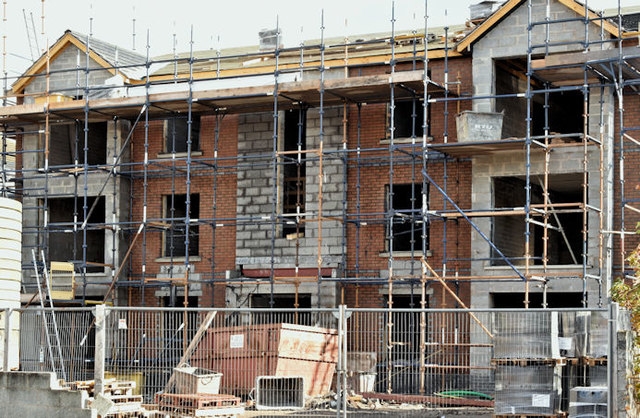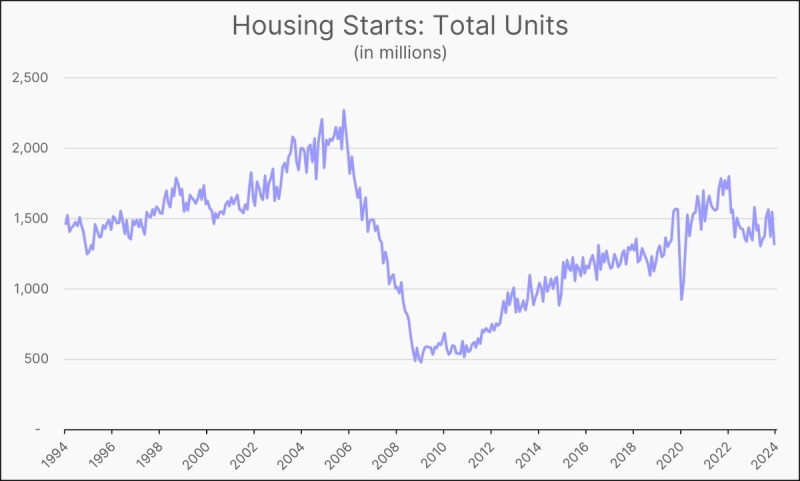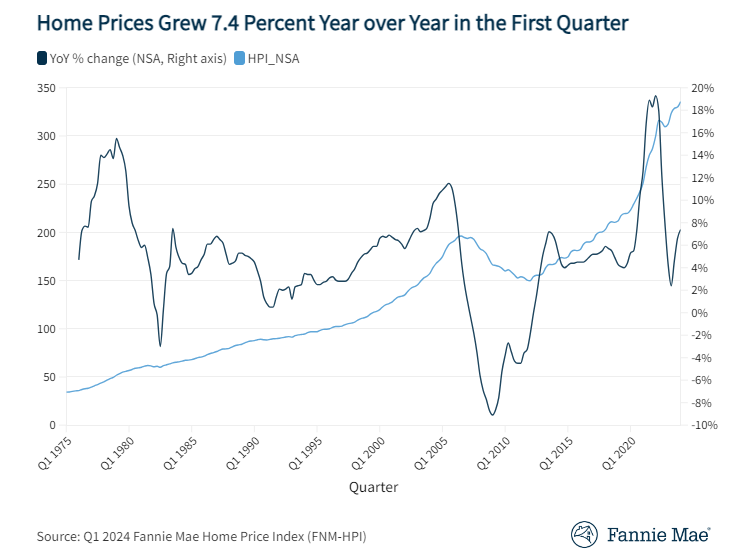Advertisement
NAHB: Regulations Make Multifamily Construction More Costly

Almost one-third of the development and construction costs for a multifamily project are the result of regulations, according to the National Association of Home Builders (NAHB).
Speaking on behalf of the NAHB before the House Financial Services Subcommittee on Housing and Insurance this week, Steve Lawson, chairman of The Lawson Companies based in Virginia, blamed excessive regulation on driving up the costs of multifamily housing, often derailing projects because the expenses are too onerous.
“It results from local, state and federal mandates,” said Lawson. “It includes the cost of applying for zoning and subdivision approval, environmental mitigation, and permit, hook-up, impact and other government fees paid by the builder. In many cases, these projects become financially infeasible and, therefore, are not built.”
Lawson pointed to a recent study by NAHB and National Multifamily Housing Council called “Multifamily Cost of Regulation” that found regulatory costs accounted for 32 percent of the costs of developing new multifamily properties. The report also fund that more than 90 percent of multifamily developers typically incurred the costs of fees paid to local governments, both when applying for zoning approval and when local jurisdictions authorize the construction of buildings.
“Multifamily builders and developers are seeing strong demand, but there are headwinds that have impacted further development,” said Lawson. “Some developers have had difficulty getting projects off the ground due to regulatory burdens and neighborhood opposition in certain parts of the country.”
About the author





